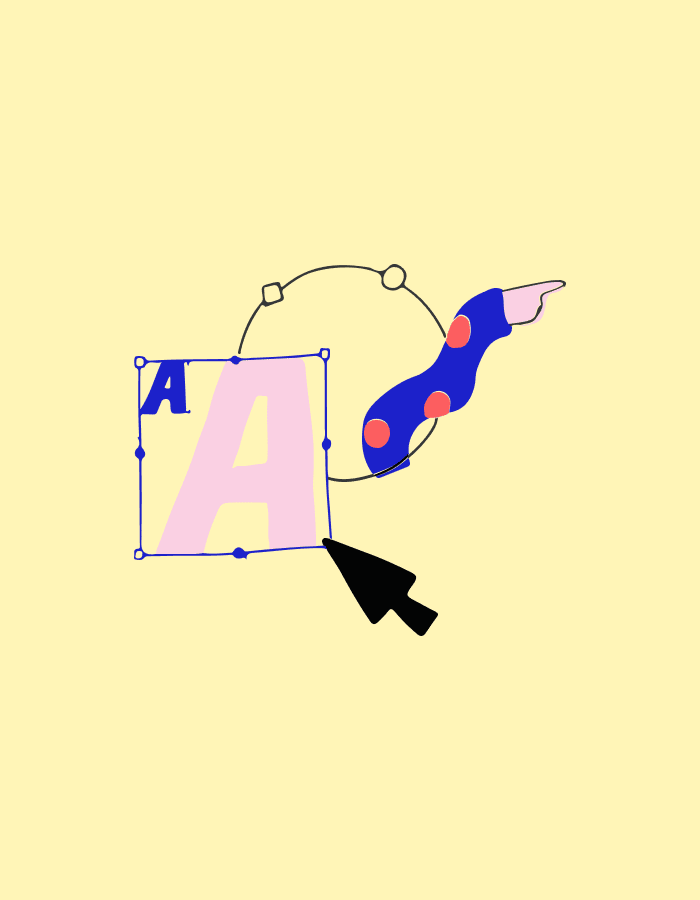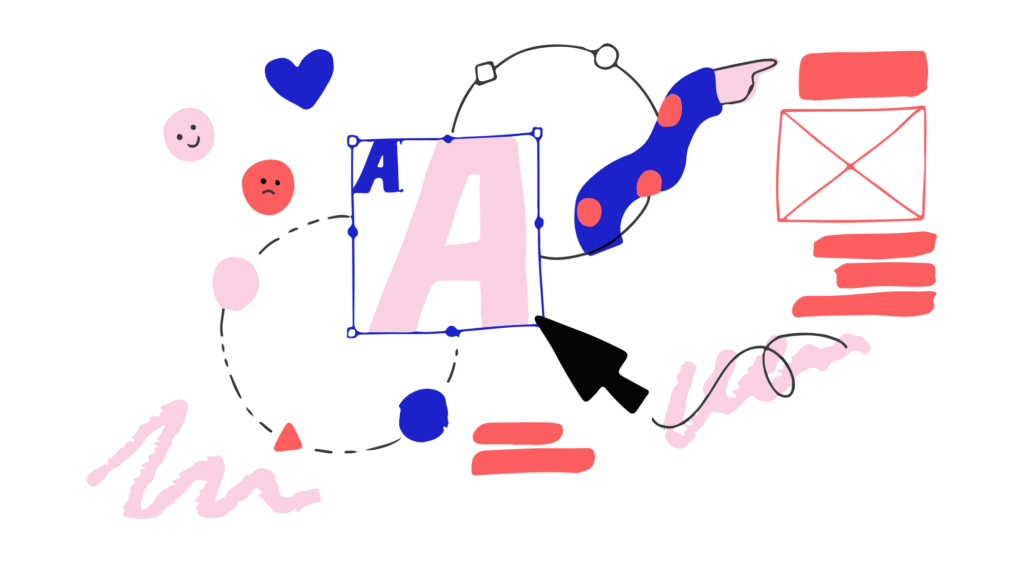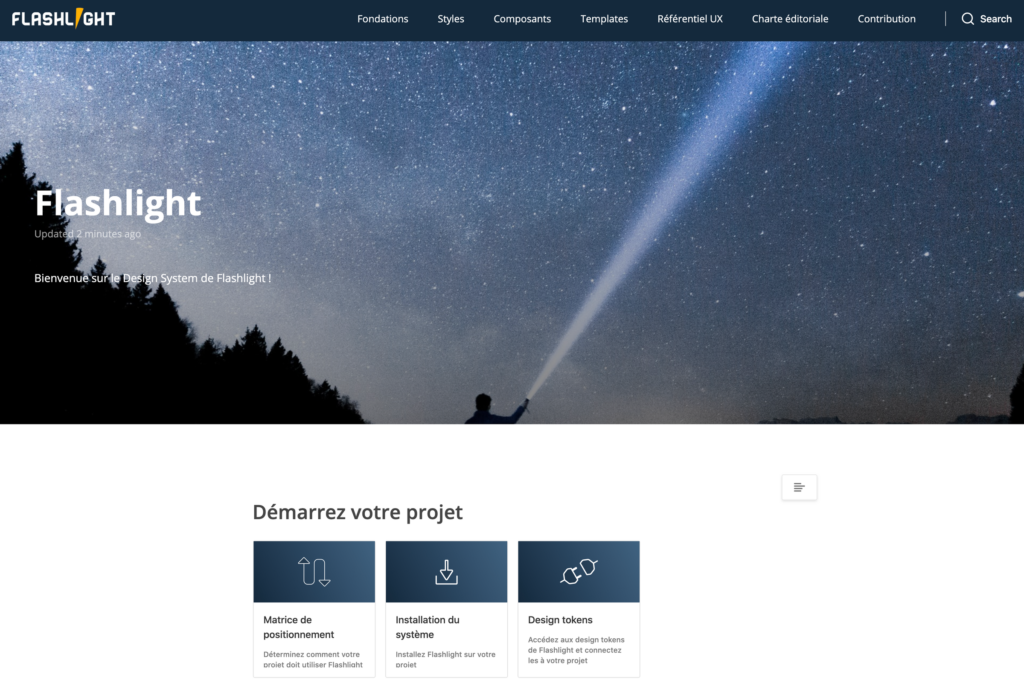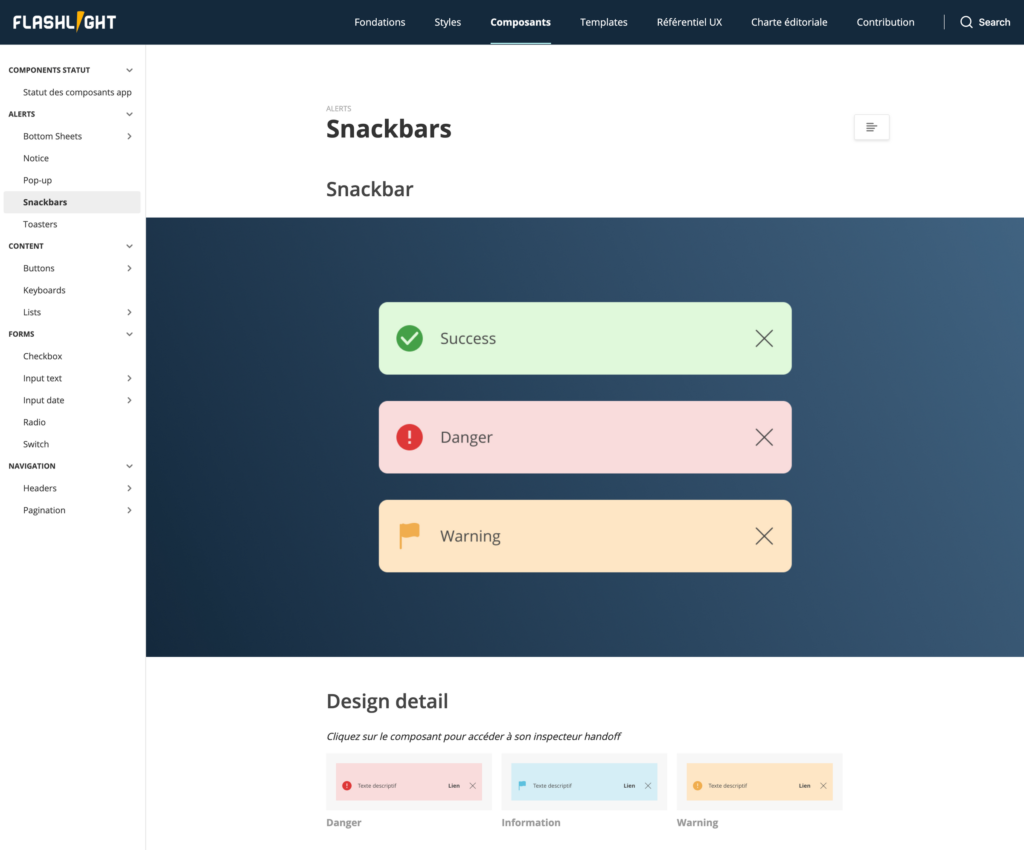How Idean use zeroheight to build successful design systems

Idean is a global design agency with 24 studios across 4 continents. They use the power of design, technology and business to create great products and services that transform organisations. Forrester this year recommended Idean for Design System initiatives.

We spoke to Jules Mahé (design system expert at Idean) about how Idean use zeroheight with their clients and their process for building a successful design system.
How do you approach a design system project?
We start with the definition of what we like to call the ‘perceptual patterns’, which is all the colors, fonts, shadows, icons – everything that builds a brand and its identity. When we have this foundation defined, zeroheight becomes the interface helping us to provide the components for developers and evangelize the designs to other teams inside our client’s organization.
At Idean, we think that documentation is at the heart of a design system, but it’s actually not an easy task! That’s why we are really close to our clients and help to write their documentation so they can start off with a solid foundation and learn how to do it properly.
At Idean, we think that documentation is at the heart of a design system, but it’s actually not an easy task!

What do you see as the biggest value?
The biggest value of a design system is to bring teams closer together so they can work better and faster. It is also a powerful tool to evangelize and leverage a design culture within an organization. I guess it’s really about the human and cultural aspect of it.
A design system is a powerful tool to evangelize and leverage a design culture within an organization.
What are the biggest challenges you’ve seen?
The biggest challenge I’ve faced with design systems is how to maintain them over time so they don’t die! That’s why it’s important to design the process and have a clear roadmap to help guide your design system over time. You really have to have a team that can maintain it, evangelise it and help people to adopt it. So yeah – process, roadmap, people.
You really have to have a team that can maintain it, evangelise it and help people to adopt it.
How do you encourage adoption and build a design system community?
I think the best way to encourage adoption is to avoid the term ‘design system’ altogether because it’s probably not the right term for your organization! We help our clients to find the name that fits their values, brands, and teams. We work with all the people involved e.g. designers, developers, communication experts, product owners. With the right name, it’s easier for everyone to adopt the design system because it doesn’t relate to a specific team or a specific skill.
For example, for our client Crédit Agricole, we named their design system ‘Muesli’. It really tells a story because Crédit Agricole was, when initially founded, a bank aimed at farmers, and so we identified the link with cereals and fields. ‘Muesli’ aggregates all the different cereals in a bowl, so it’s a bit like Atomic Design. As a result, everybody at Crédit Agricole talks about ‘Muesli’ and not design systems – ‘Muesli’ is a real product, and it really helps to create a community.
What advice would you give someone starting to build a design system?
You have to start with the right questions – what problems are you trying to solve with this design system? Is it about consistency, is it about reducing the cost? Is it about working better with your teams? What’s the foundation of your brand? What are your values? How flexible should your system be regarding all the products it has to align? Does it have to be really strict because you want everything to be consistent? So start with all these questions because it will guide you when you create the perceptual patterns, functional patterns, and libraries.

Who should be involved in creating a design system?
I think that you need to have different skills and jobs represented in the team. The minimum you need is at least one designer and one developer who lead the team, as well as someone from the product owner team. I think having at least these three people is great because they will be good ambassadors for the whole design and development team – they need to spread and evangelize the design system across their own teams. If you have your core team represented by these experts, it helps to encourage adoption.
How will design systems be different in 3 years?
Today, we are naturally all wondering how to build a design system. But in the future, when everyone has their own system, the questions will be ‘how do you maintain it in the long run?’, ‘how do you manage a design system team?’, ‘how can I be creative with a design system?’, ‘do I need a community manager for my system community?’ etc.
What are you excited about in the space?
I see all this effort we are putting into design systems as an investment to stop working on details which don’t add value and start working on what we are best at experience, emotion, and users. I really think that they are a transition to help us focus on what we are best at – and what technology can’t do – and that’s the human side of design.
I really think that design systems are a transition to help us focus on what we are best at – and what technology can’t do – and that’s the human side of design.
You can find out more about Idean here and find Jules on Medium. Get started building your own documentation with zeroheight for free.